2020 Ethiopia COE#22 Sidamo Alsi Sun Iron pickup Coffee Bean Flavor
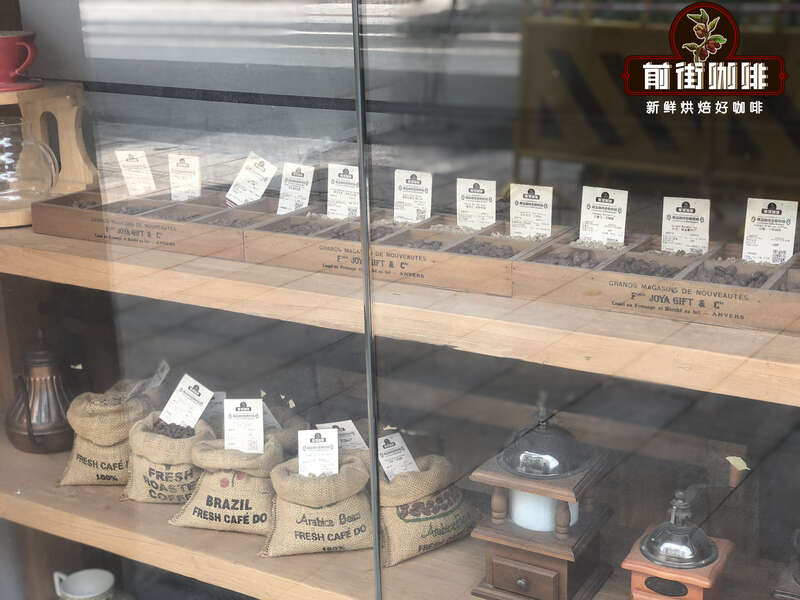
Professional coffee knowledge exchange more coffee bean information please follow the coffee workshop (Wechat official account cafe_style)
The COE (Cup of Excellent) Excellence Cup in Ethiopia has always been a high-profile event in the coffee circle. A total of 28 beans stood out in the 2020 Ethiopia COE Competition, with a score of more than 87 points. Among them, the three beans with a score of more than 90 are from the Sidamo producing area. Qianjie Coffee ranked 22nd in COE this year, from the Sidamo Arsi tanning iron pickup, grown by Adem Banta Sute, with a score of 87.64.
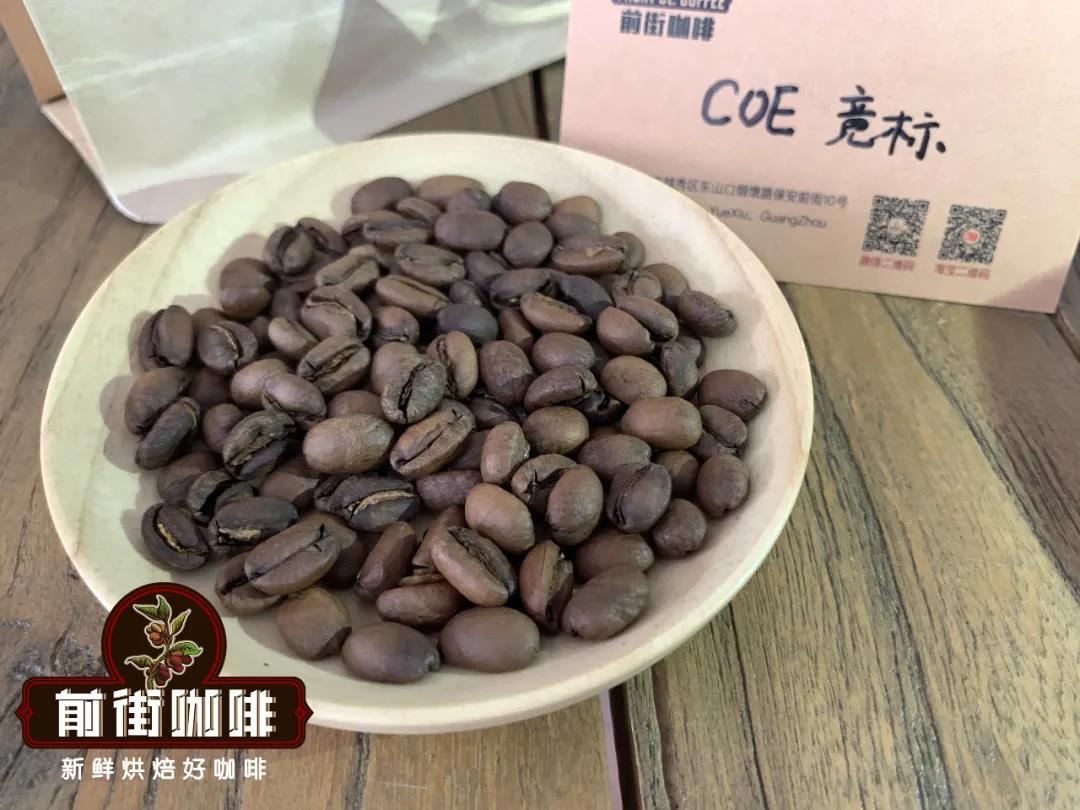
Front Street Coffee-Ethiopia COE#22
Producing area: Arsi, Sidamo, Ethiopia
Grower: Adem Banta Sute
Treatment: sun treatment
Variety: iron pickup
West Alsi
West Arsi
Located between the famous Yirgacheffe coffee growing area and Haller Hararge, West Arsi is located in the western part of the Sidamo region at an altitude of 1900-2200m. The area is named after a branch of the Oromo people who have lived here for a long time.
West Alsi consists of three woredas, namely, Arsi (Arsi), Bale (Bale) and East Shewa (Ethiopia's third-tier administrative region). About 88.52% of the population of West Alsi is Oromo, which is very important in the history of coffee because they are the first tribes in human history to drink coffee, and half of the coffee produced in Ethiopia comes from the region.
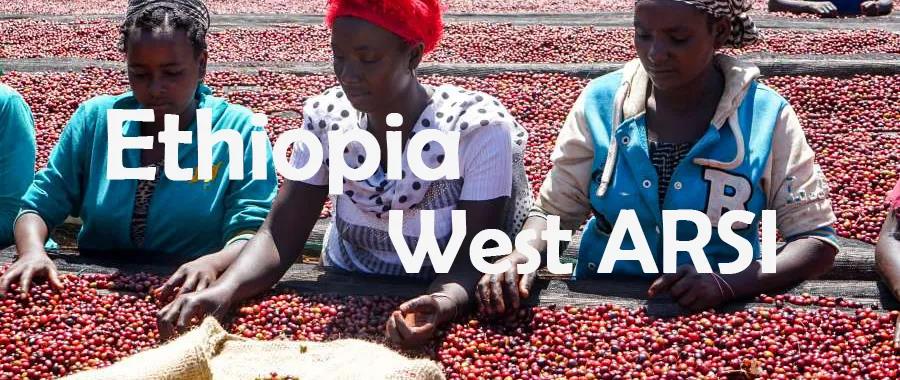
Coffee cultivation in West Alsi is based on a smallholder model, and the average smallholder farm is not large, about 2-3 hectares, but even so, they tend to be slightly larger than the usual 1.5-2 hectares in most parts of Ethiopia. Although the current coffee planting technology is still in the stage of development, compared with other producing areas, the development of coffee planting technology in West Alxi is very fast. Coffee farmers do not need to hire temporary or full-time workers, but choose coffee with the help of their families. This allows them to better control the quality of coffee, and processing stations usually pay extra for ripe red cherries, greatly increasing the enthusiasm of coffee farmers.
An old father who has been in the coffee field all his life.
Adem Banta Sute
He, a 60-year-old father of 28, described himself like this: "I grew up on a coffee farm and have been farming all my life. I won the place in this competition as a reward for my efforts."
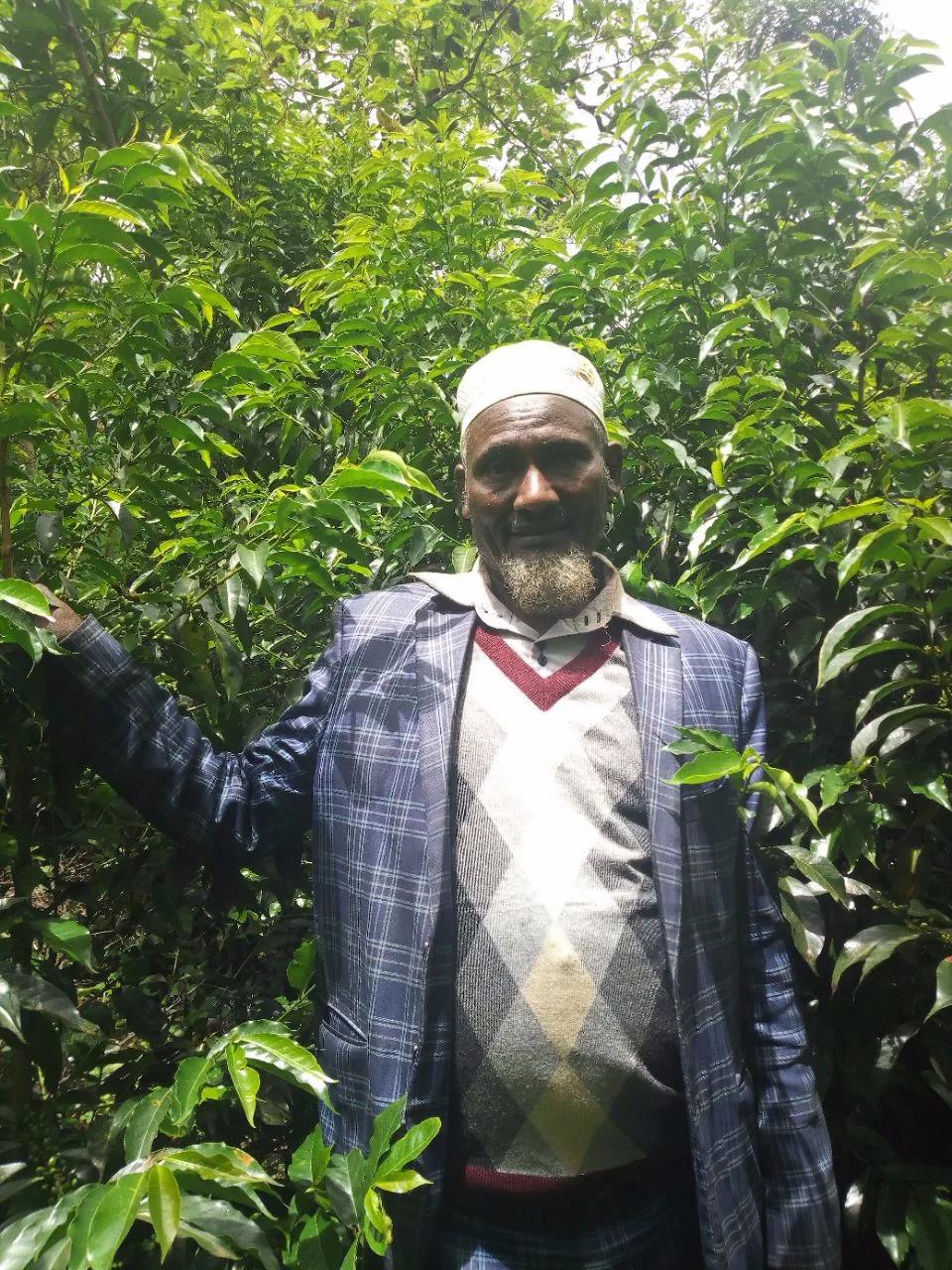
Adem Banta Sute, who has produced 4500 kilograms of coffee on his 6 hectares of land, will sell the coffee to local businessmen before winning the prize this year. "I have never set foot in the export market because I don't have a chance, and this time each other may take advantage of the introduction to the global market, which is a great hope for me and my family."
Iron pickup variety
Typica
The COE#22-named coffee bean at Qianjie Coffee auction was shown as a tin truck in an official message.
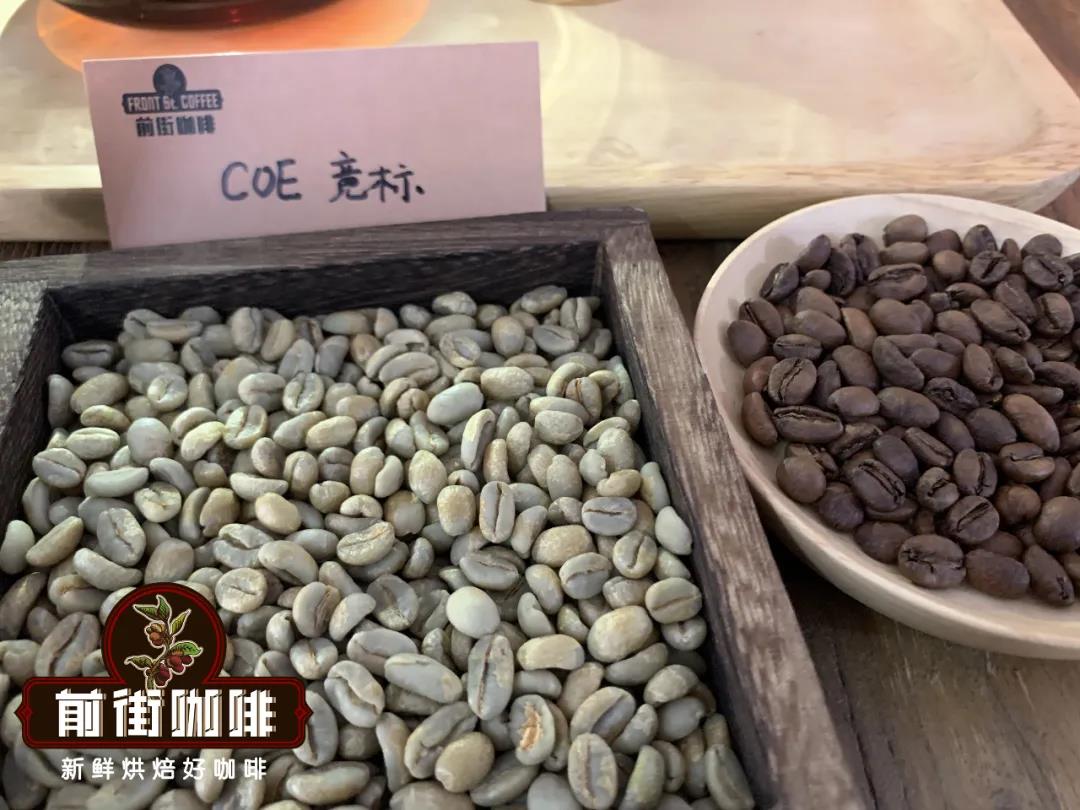
The oldest native variety in Ethiopia, all Arabica are derived from iron pickups. The top leaf of the iron pickup is bronzed, and the bean body is oval or thin in shape; the flavor is elegant, but the physique is weak, the disease resistance is poor, and the fruit yield is low. Qianjie coffee tests tin cards from different places through cups. No matter where they are planted, tin cards have spread all over the world with their unique quiet and clean flavor, balanced characteristics, and taste characteristics.
Sun treatment
Natural
This COE#22 is treated by the sun. In Ethiopia, more than 70% of coffee fruits are treated in the sun. Traditionally, small coffee farmers are exposed to the sun in their courtyards, roofs and even roadsides, because it is much cheaper than washing. This rough treatment is also one of the reasons for the different quality of the early Ethiopian sun-dried beans.
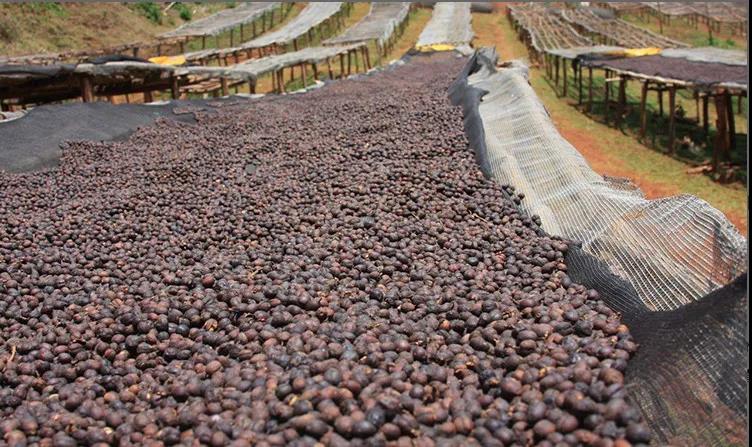
The quality of sun-tanned coffee beans working with cooperatives and water washing station treatment plants is more stable, but it still takes more effort to do a good sun treatment, and manual manual uniform turning is needed before the moisture content is reduced to 25%. It needs to be turned every 30 to 60 minutes to avoid unpleasant excessive fermentation, which leads to higher labor costs for sun treatment.
In addition, due to the weather risk factors and the longer days of sun treatment, it takes more manpower and resources to get better quality sun-cured coffee beans. Judging from the scores of the top 28 sun-tanned coffee beans in this COE competition, good sun treatment is indeed a way of coexisting risks and rewards.
Qianjie Coffee Baking record
Qianjie coffee roaster uses Yang family 800N semi-direct fire, baking quantity: 480g. The furnace temperature is 170 ℃, the firepower is 130, the throttle is set up 3; the temperature recovery point is 1: 39: 32 ", when the furnace temperature is 100.2 ℃, the firepower is unchanged; the baking door is adjusted to 4pm in 3 minutes and the firepower is increased to 140min.
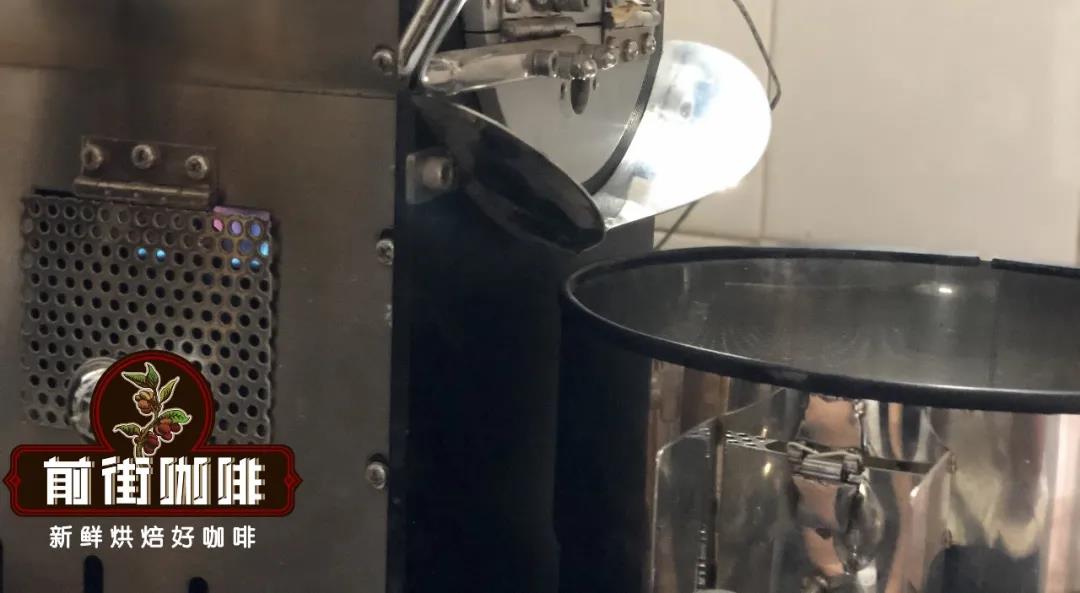
When the furnace temperature is 150.5 ℃, the bean table turns yellow, the smell of grass disappears completely, and enters the dehydration stage. When 8 minutes 39 hits 36 ", the bean surface appears ugly wrinkles and black markings, and the taste of toast obviously turns into coffee, which can be defined as a prelude to an explosion. At this time, you should listen clearly to the sound of an explosion point, to 9 minutes after the development of 30 seconds, 192.5 ℃ under the beans.
Coffee cup test report on Qianjie
Qianjie Coffee will be tested within 8-24 hours after the sample beans are roasted. The cup test uses a ceramic bowl with a capacity of 200ml and a water temperature of 94 °C. The cup test grinding degree is 20 standard screen (0.85 mm), the pass rate is 70% Mel 75%. Ratio: 11 grams of coffee powder and 200 milliliters of hot water, that is, 1VR 18.18, so that the concentration of the extract is exactly within the range of 1.15% Murray 1.35% gold cup, and the soaking time is 4 minutes.
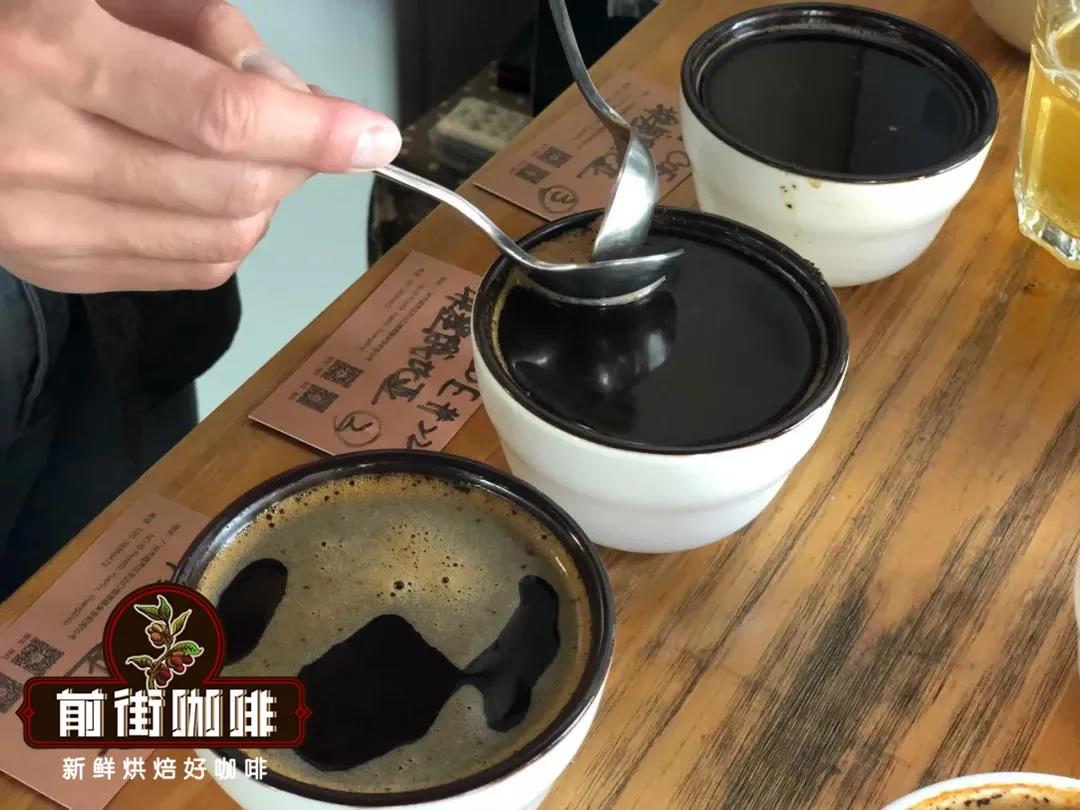
Dried fragrance: citrus
Wet fragrance: citrus, camellia
Flavor: citrus, litchi, honey, cream, wine, mango, strawberry
Experience of brewing coffee in Qianjie
Filter cup: V600001
Water temperature: 90-91 ℃
Powder content: 15g
Powder / water ratio: 1:15
Degree of grinding: medium and fine grinding (Chinese standard No. 20 screen pass rate 80%)
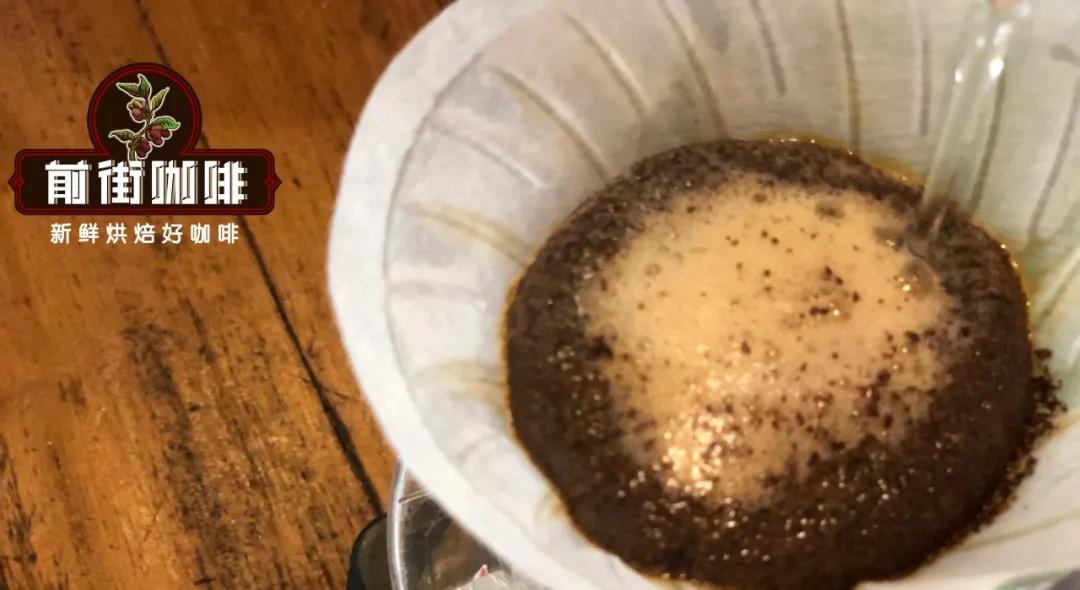
Qianjie coffee brewing technique: three-stage extraction. Steam with 30 grams of water for 30 seconds, small water flow around the circle to 125 grams for sectional injection, water level drop is about to expose the powder bed, continue to inject water to 225 grams to stop injection, and so on when the water level drop is about to expose the powder bed, remove the filter cup, (steaming starts timing) the extraction time is 2 minutes 39 percent 00 ".
Cooking flavor: sweet and sour strawberries and lychees, fermented wine, creamy smoothness and honey-like finish.
For more boutique coffee beans, please add private Qianjie coffee on Wechat. WeChat account: kaixinguoguo0925
Important Notice :
前街咖啡 FrontStreet Coffee has moved to new addredd:
FrontStreet Coffee Address: 315,Donghua East Road,GuangZhou
Tel:020 38364473
- Prev
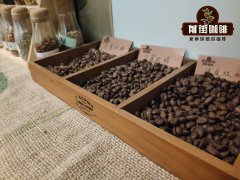
Coffee utensils and grinding degree correspond to how different grinding thickness of coffee affects a cup of coffee
Under the microscope, the cells of healthy raw beans are closely arranged in lattice shape, and the precursor aromatic compounds, proteins, fats, sugars, etc., are stored in the hard cell wall. After the raw bean is baked, the cells are destroyed and arranged loosely, but the cell wall is filled with carbon dioxide, oil and aromatic flavors produced by pyrolysis, resulting in the expansion of the bean body, but the whole cooked bean will be heated if it is not ground.
- Next
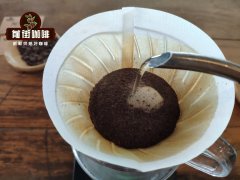
How to define boutique coffee? What's the difference between boutique coffee and individual coffee?
In 1974, Erna Knutsen first used the word professional to refer to coffee in the Tea and Coffee Magazine. She uses this word to describe coffee with high quality and unique flavor produced in a microclimate. Nowadays, however, the word "professional" is everywhere in the industry. It was mercilessly used in packaging and signage and thrown away by baristas and bakers. Since the word entered the general form
Related
- Beginners will see the "Coffee pull flower" guide!
- What is the difference between ice blog purified milk and ordinary milk coffee?
- Why is the Philippines the largest producer of crops in Liberia?
- For coffee extraction, should the fine powder be retained?
- How does extracted espresso fill pressed powder? How much strength does it take to press the powder?
- How to make jasmine cold extract coffee? Is the jasmine + latte good?
- Will this little toy really make the coffee taste better? How does Lily Drip affect coffee extraction?
- Will the action of slapping the filter cup also affect coffee extraction?
- What's the difference between powder-to-water ratio and powder-to-liquid ratio?
- What is the Ethiopian local species? What does it have to do with Heirloom native species?

